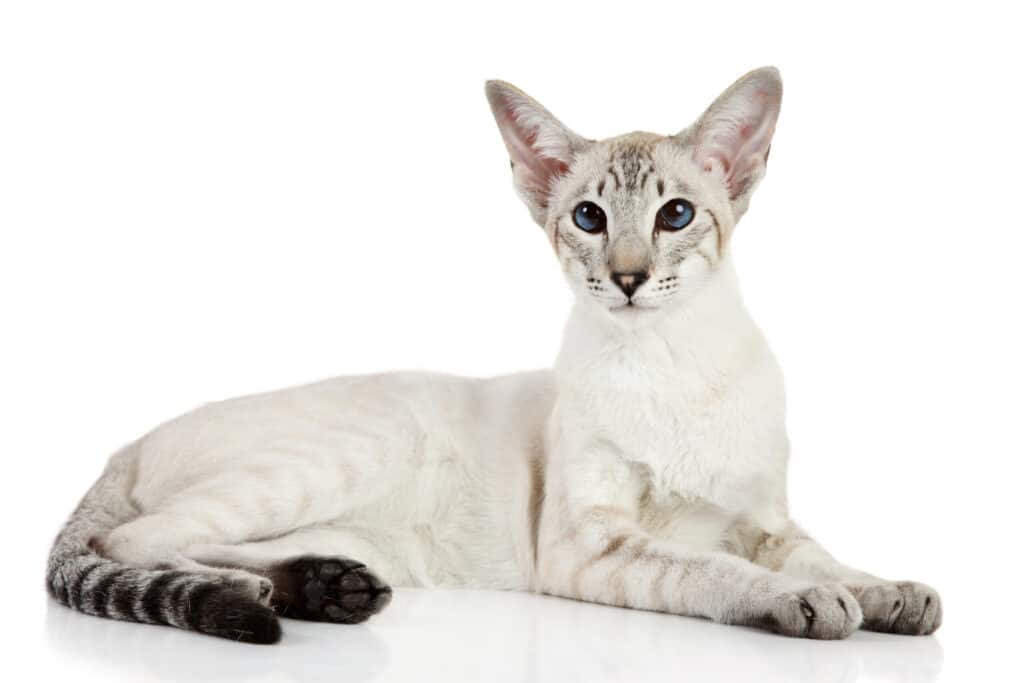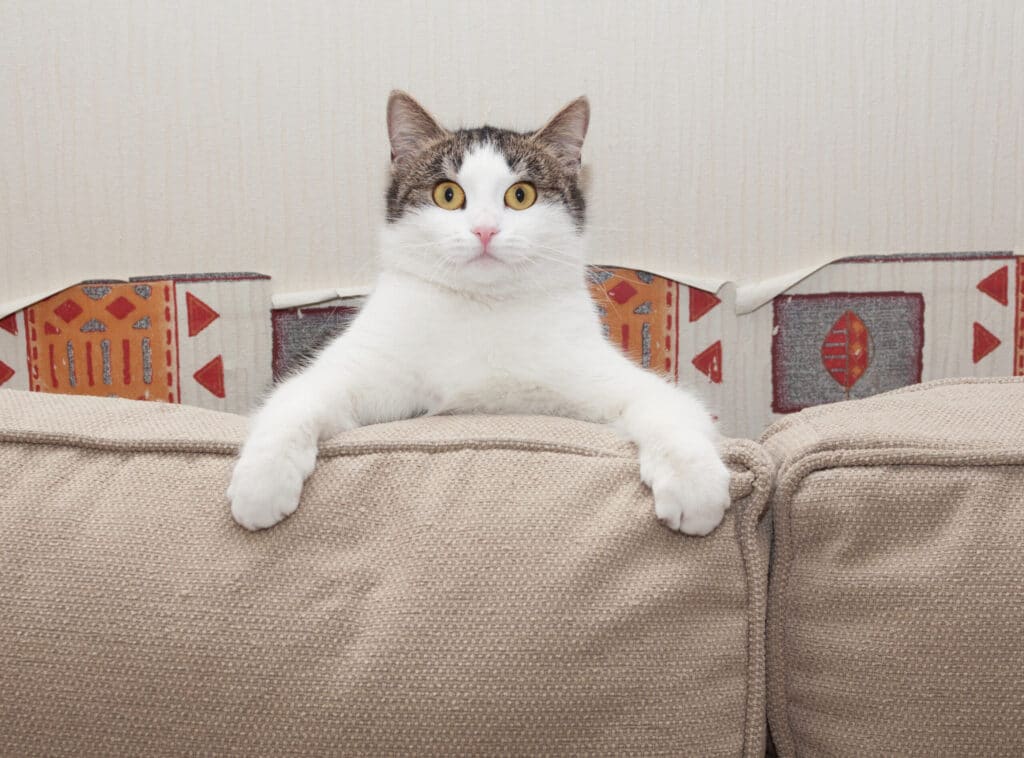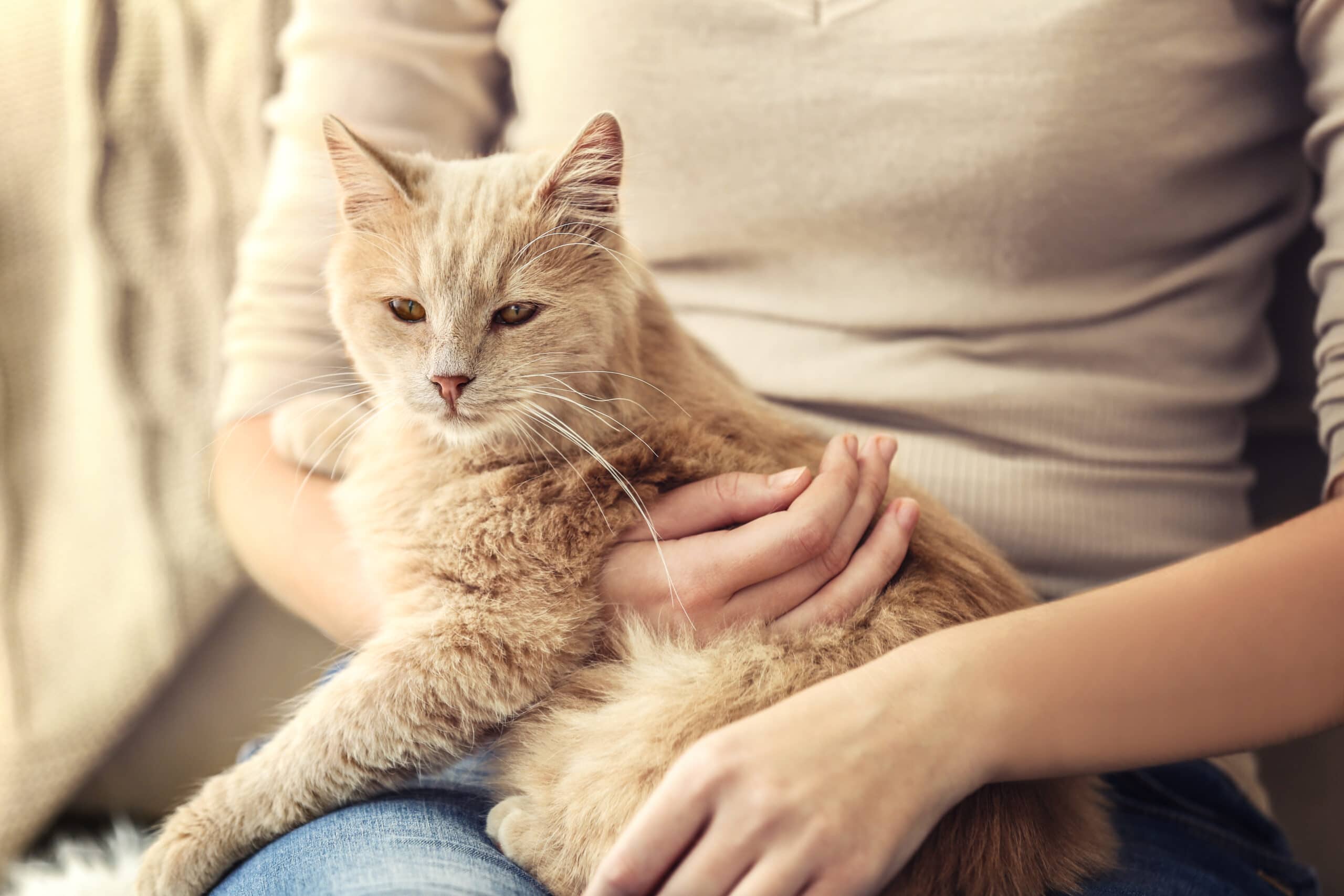Why do cats knead? Discover top 12 reasons for this behavior
You must have seen your cat kneading, pushing out, and pulling in his paws against a soft blanket or even your lap. The action is like kneading dough, so it’s referred to as “making biscuits.”
So why do cats knead? For young and adult cats, kneading is typical feline behavior.
Cats also knead and purr when petted, and sometimes the kneading is for no specific reason.
Some cats use all four paws, while others never use their claws when kneading.
There are different explanations as to why cats knead.
Some say it’s a way of cleaning their paws, others that they do so because they like the feeling, and some even believe it helps them relax after a long day!
Whatever the reason for this behavior, we can all agree on one thing: It makes us feel good when our cat does it.
Here are 12 explanations to help you figure out why do cats knead?
1. Kneading allows your cat to relax

Cats have been known to spend hours grooming themselves, but what happens when they get tired? They often curl up into a ball with their tail tucked between their legs and close their eyes. This is called “sleeping,” and it’s an essential part of being a feline.
Our feline friends require plenty of sleep to function correctly throughout the day. In fact, most cats need around 12 hours per night. During those hours, they spend much of their time sleeping.
Although they might appear tired after waking up, they actually just want to rest before getting ready for another busy day ahead. As such, they often find themselves in an exhausted state during the evening.
However, sleeping isn’t always relaxing – especially if something is bothering your cat. If cats are stressed, they may start scratching furniture or other objects around them until they calm down.
Ensure to keep keep your cat away from areas where they could accidentally knock something over. Otherwise, you risk damaging furniture or worse! Luckily, they can use kneading as a great stress reliever.
So how can you help your cat relax? By giving them time to knead. Just sit back and watch your cat knead away his stress. You’ll see that once your cat has finished, he will look much more relaxed than before.
2. Kneading is good for your cat’s bones and joints
Kneading strengthens muscles and joints by working different parts of the body together.
When your cat uses its front limbs to push and pull against another surface, it works the shoulder joint, elbow joint, wrist joint, hand bones, fingers, and toes.
In addition, kneading stimulates blood flow throughout the entire body, helping keep organs healthy and strong. As well as strengthening joints, kneading keeps skin supple and prevents dryness.
3. Kneading keeps your cat warm in winter
During the winter months, cats need extra warmth from their surroundings. They rub against walls, blankets, beds, etc., using their bodies as heat sources to stay warm during cold weather.
While rubbing provides comfort, it doesn’t provide enough heat to keep your cat comfortable through long periods of frigid temperatures. That’s where kneading comes in handy.
Because it warms both the cat and the environment, kneading allows your cat to remain cozy without having to expend energy to warm himself.
4. Kneading makes your cat comfortable around people

When cats are nervous about new situations, they tend to avoid people. But when they’ve had plenty of practice interacting with humans, they become less fearful and more confident. One way they show off their confidence is by kneading.
Cats who know they won’t receive any adverse reactions from people enjoy spending quality time with their owners.
One way to get your cat to interact with you is to let him knead whenever possible.
It’s possible that kneading is a form of communication between owner and cat because of the action’s maternal connection.
5. Kneading allows your cat to socialize with other pets
Cat owners with multiple pets already understand the importance of socialization. Unfortunately, many animals don’t get the chance to meet each other outside of their home environments.
Dogs are sometimes afraid of cats because they haven’t met one yet. Similarly, some cats have never been introduced to other felines.
One way to address the problem is by letting your cat knead the other pet. Not only does it allow them to learn about different species, but it also helps break down barriers between them.
6. Kneading reduces stress for your cat
Cats naturally experience high levels of anxiety due to their instinctual nature. This makes them prone to being stressed out even if there isn’t a reason for it. However, when they’re able to relax while kneading, they feel better overall. They may still seem anxious at times, but they aren’t experiencing extreme highs and lows as they would otherwise.
7. Kneading helps prevent skin problems

Cats’ fur coats help protect them from harsh elements, but these protective layers begin to wear down over time. When that happens, your pet will start scratching himself until he feels relief.
If you notice excessive itching on your cat’s paws, legs, ears, belly, face, tail, back, neck, chest, head, or anywhere else, try giving him a few minutes of kneading. By massaging his coat, you’ll reduce irritation and prevent further damage.
8. Kneading helps to keep your cat’s teeth healthy
Kittens usually lose all of their baby teeth within two years of birth. While adult cats tend to retain more than half of theirs, they do eventually fall victim to tooth decay too.
Thankfully, regular kneading keeps their gums healthy so they won’t suffer any painful abscesses. Additionally, it reduces plaque buildup, which prevents tartar formation. If your cat doesn’t allow you to brush his teeth, there are other alternatives to brushing. See alternatives to brushing cats teeth for more information.
9. Kneading allows cats to mark territory
One way cats protect their turf is by scent-marking what belongs to them. By kneading their paws on an object, they’re able to mark that item as their own; scent glands in their paws release pheromones.
Cats sometimes push their paws in and out while on your lap to mark you as their own and warn other cats to back off.
10. Kneading to attract potential mates
A female cat has an additional reason for kneading. While lying on her side, she may purr, stretch, and knead the air to let male cats know they can approach.
If the cat is ready to mate, she will not knead her paws and will instead raise her pelvis with the tail in the air.
11. Nesting behavior

Cats kneading is also thought to be a cat behavior that has been passed down from their ancestors.
To build a nest for themselves and their young, wild cats paw at piles of leaves or tall grass. They are creating a soft nest by doing this to the ground. They are also checking for prey or dangerous things hidden in the foliage.
When your cat shows nesting behavior while on your lap, it may be an ingrained habit from their wild history.
Kneading is also a form of communication between owner and feline. As the action has a maternal connection, the behavior may communicate affection towards the cat’s human companion.
12. Newborn kittens
Newborn kittens knead their mother’s belly as they cuddle close to nurse, and the motion is believed to increase milk flow through her nipples. Most cats continue this behavior into adulthood because they develop a basic instinct from the first day.
Hopefully, that has answered the burning question, why do cats knead. Now you know that it is a compliment and an expression of affection for you when your cat kneads you.
FAQs
How to react if your cat’s kneading hurts you?
Though kneading may appear to be an adorable behavior, sometimes cats knead with their sharp claws out, which can be painful.
You mustn’t punish them for doing it, as they are only returning the affection they feel from you, and there are a few things you can try to decrease the risk of scratches.
- If your cat has its claws out, gently pick it up and put it on another soft surface so it can continue kneading without causing you pain.
- If your cat is sinking his claws too much, try placing a cushion or blanket between you.
- You can gently push your cat down onto your lap by stroking them.
- If you want your cat to stop sinking their claws into your lap, distract them by playing with a toy.
Does it matter if a cat doesn’t knead?
It is not because your cat hates you that he doesn’t knead you.
There are individual differences between cats, and the need to knead doesn’t indicate how they feel about you.
Some friendly cats meow a lot while others don’t, for example.
However, cats with early positive experiences with humans are more likely to knead than others.
Kneading is a good indicator that the cat is relaxed and comfortable. However, it isn’t a cause for concern if you don’t see it.






